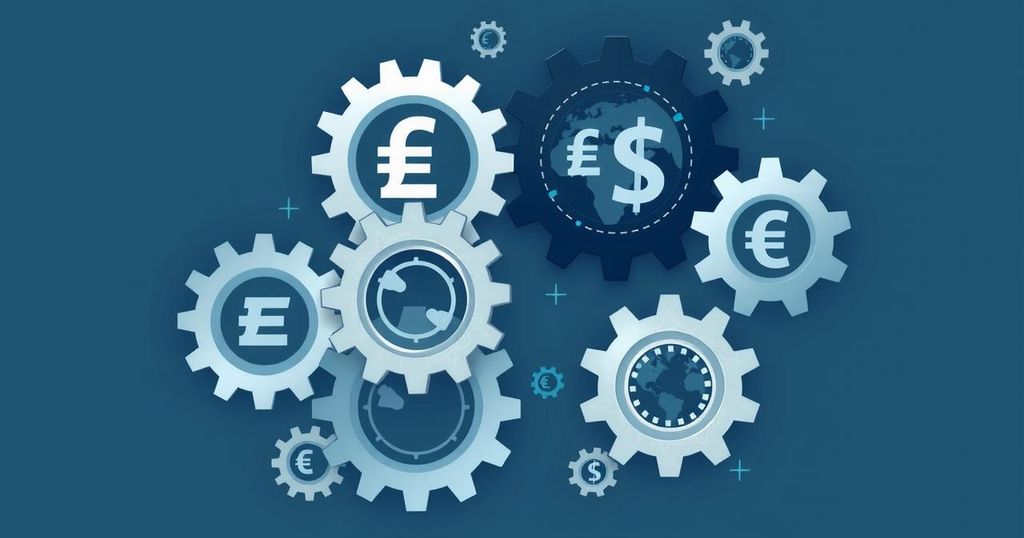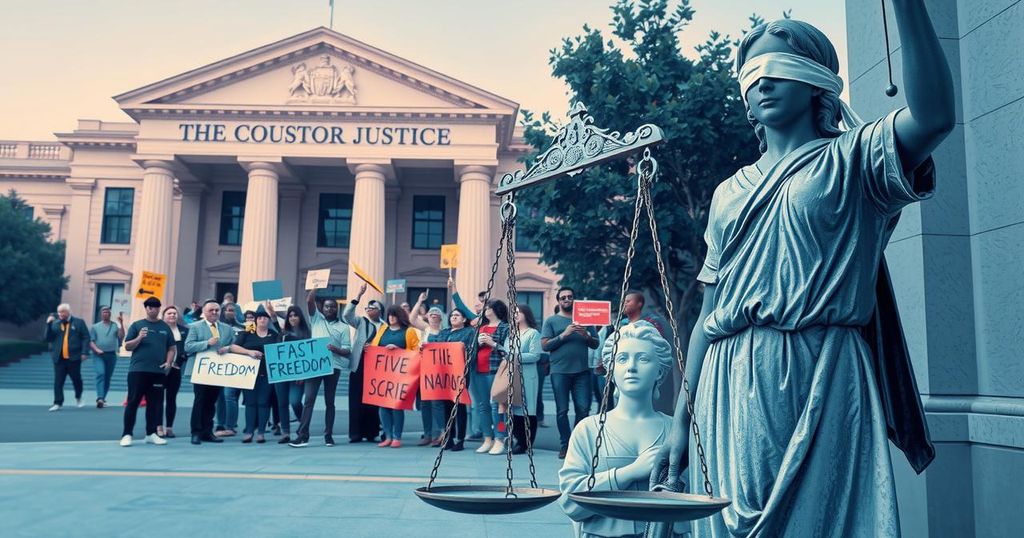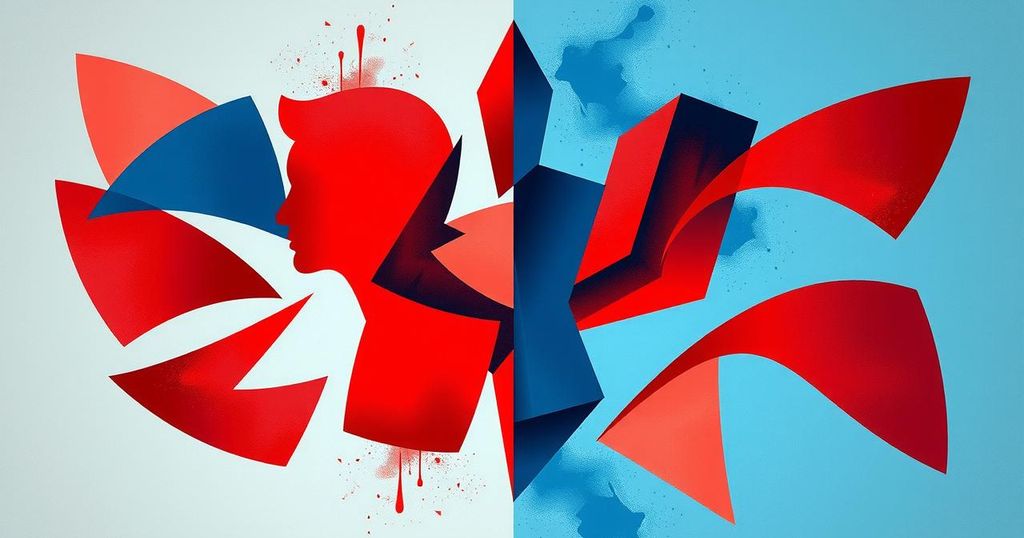President Trump has designated April 2 as “Liberation Day” to announce new tariffs on imports targeting countries that impose fees on U.S. exports. Tariffs on imported cars and parts are expected to follow. The move aims to strengthen domestic manufacturing and is framed as a response to perceived unfair trade practices with nations like China and Canada.
In a move that’s causing quite a stir, President Donald Trump has dubbed April 2nd “Liberation Day”—a day marked by new tariffs on imports. The aim? To hit countries that impose fees on U.S. exports, effectively hitting back by matching those fees. While specifics are still a bit murky, there’s word that tariffs aimed at imported cars and their parts could kick in as early as April 3rd.
Trump is positioning this unprecedented day as a way for the U.S. to regain both “money and respect.” Since stepping into office, tariffs have been a hot-button issue, with Trump frequently imposing and sometimes rolling back tariffs on key trade allies like China and Canada. Come Wednesday, he plans to ramp up these measures, casting a wider net to target his trade adversaries.
So, what exactly does Liberation Day mean? Essentially, Trump is looking to leverage tariffs to boost domestic manufacturing. These new reciprocal tariffs would make it more costly for foreign companies to send goods into the States, targeting nations that impose fees on American products. Aiming even higher than past import levies, Trump insists these tariffs will be much more favorable—”far more generous than what those countries have done to us,” he proclaimed.
In typical Trump fashion, he framed the narrative of his tariffs as a kind of retribution. “Over the decades, they ripped us off like no country has ever been ripped off in history,” he stated, hinting at the significant financial impact he believes this will have. For him, it seems, it’s about standing up to unfair treatment in trade relationships.
So, what’s a reciprocal tariff anyway? It’s essentially a promise that if one country charges fees on exports from another, the latter will implement matching tariffs. This idea of reciprocal trade isn’t new but Trump kicked it into high gear during his campaign, advocating for an “eye for an eye” exchange on trade policies.
As for other nations, they have their own versions of “Liberation Day” celebrations often tied to historical turning points, like the French remembering the liberation of Paris from the Nazis on August 25, or Libya’s people marking the fall of Muammar Gaddafi in October 2011.
And, interestingly, this isn’t the first time Trump’s used the phrase “liberation day.” During his last presidential campaign, he suggested that Election Day, November 5, would be liberation day for many of his supporters. He even used the term during his inaugural address back on January 20.
Amid all this, details about the tariffs set to be announced on Wednesday remain somewhat sketchy. But word on the street is the auto tariffs could start affecting consumers by April 3, sparking chatter and speculation as to how this will play out economically. Let’s wait and see how this all unfolds!
For now, stay tuned to see if this truly heralds a new chapter in U.S. trade policy—or if it’s just a catchy phrase meant to galvanize the base.
Original Source: www.desmoinesregister.com



